Great Ocean Road
The Great Ocean Road is an Australian National Heritage-listed 240-kilometre (150 mi) stretch of road along the south-eastern coast of Australia, between the Victorian towns of Torquay and Allansford. Built by returned soldiers between 1919 and 1932, and dedicated to soldiers killed during World War I, the road is the world's largest war memorial. Winding through varying terrain along the coast, and providing access to several prominent landmarks, including the Twelve Apostles limestone stack formations, the road is an important tourist attraction.
The city of Geelong, close to Torquay, experiences great benefit from Australian and international visitors to the road, with Geelong Otway Tourism affirming it as an invaluable asset. In 2008, the Royal Automobile Club of Victoria (RACV) listed the road as the state's top tourism experience in its Victoria 101 survey, based on places that members of the public would recommend to visito...Read more
The Great Ocean Road is an Australian National Heritage-listed 240-kilometre (150 mi) stretch of road along the south-eastern coast of Australia, between the Victorian towns of Torquay and Allansford. Built by returned soldiers between 1919 and 1932, and dedicated to soldiers killed during World War I, the road is the world's largest war memorial. Winding through varying terrain along the coast, and providing access to several prominent landmarks, including the Twelve Apostles limestone stack formations, the road is an important tourist attraction.
The city of Geelong, close to Torquay, experiences great benefit from Australian and international visitors to the road, with Geelong Otway Tourism affirming it as an invaluable asset. In 2008, the Royal Automobile Club of Victoria (RACV) listed the road as the state's top tourism experience in its Victoria 101 survey, based on places that members of the public would recommend to visitors.
 The former Island Archway off the Loch Ard Gorge, which collapsed in 2009.
The former Island Archway off the Loch Ard Gorge, which collapsed in 2009.The Great Ocean Road was first planned towards the end of World War I, when chairman of the Country Roads Board, William Calder, asked the State War Council for funds to be provided for returned soldiers to work on roads in sparsely populated areas in the Western District.[1] At the time, the rugged south-west coast of Victoria was accessible only by sea or rough bush track.[2] It was envisaged that the road would connect isolated settlements on the coast, and become a vital transport link for the timber industry and tourism.[3]
Surveying of the road, tentatively titled the South Coast Road, started in 1918. It was suggested that it run from Barwon Heads in the east, follow the coast west around Cape Otway, and end near Warrnambool. In 1918, the Great Ocean Road Trust was formed as a private company, under the helm of president Howard Hitchcock. The company managed to secure £81,000 in capital from private subscriptions and borrowing, with Hitchcock himself contributing £3000. The money was to be repaid by charging drivers a toll until the debt was cleared, and the road would then be gifted to the state.[4][5]
Construction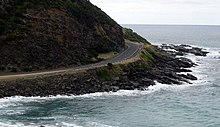 Great Ocean Road
Great Ocean RoadConstruction began on 19 September 1919. Approximately 3,000 returned servicemen worked on the project, which was a war memorial for servicemen killed in World War I. The advance survey team progressed through dense scrub at a rate of approximately three kilometres a month. Construction was mostly by hand, using explosives, pick and shovel, wheelbarrows, and some small machinery,[6][3] and was at times perilous, with several workers being killed. The final sections, along steep coastal cliffs, were the most difficult to work on. Anecdotal evidence from ABC archives in 1982 suggested workers would rest detonators on their knees during travel, because it gave the explosives the softest ride.[3]
Workers were paid 10 shillings and sixpence for an eight-hour day, also working a half-day on Saturdays. They were accommodated in tents, and were provided with meals in a communal dining marquee. Food cost up to 10 shillings a week. Despite the isolation of the camps, the workers had access to a piano, gramophone, games, newspapers and magazines.
In 1924, the coastal steamer Casino became stranded near Cape Patton, after having hit a reef at Point Hawdon, near the Grey River. Legend has it that 500 barrels of beer and 120 cases of spirits were jettisoned and that road workers salvaged them, resulting in an unscheduled two-week-long drinking break. However, Museums Victoria notes only that most of the cargo, largely composed of Christmas goods, was dumped into the sea.[7] The Age reported that, "The Great Ocean-road [sic] proved a boon to the passengers, who were enabled without much inconvenience to reach Wood's farm house, Apollo Bay. However, if the road were finished, the vessel's cargo could be safely conveyed to either Apollo Bay, the Wye River, or Lorne."[8]
Completion and early use The Hitchcock Memorial at Mount Defiance
The Hitchcock Memorial at Mount Defiance Tickets for the toll fee, circa 1930
Tickets for the toll fee, circa 1930On 18 March 1922, the section from Eastern View to Lorne was officially opened, with celebrations. However, it was then closed from 10 May 1922 for further work, opening again on 21 December, along with tolls to help recoup construction costs. The charge, payable at the Eastern View toll gate, was two shillings for motor cars, and 10 shillings for wagons with more than two horses.[9]
In November 1932, the section from Lorne to Apollo Bay was finished, bringing the road to completion. It was officially opened by Victoria's Lieutenant-Governor Sir William Irvine, during a ceremony near the Grand Pacific Hotel at Lorne, and the road has subsequently been acknowledged as the world's largest war memorial.[10] At the time, The Age commented, "In the face of almost insurmountable odds, the Great Ocean Road has materialised from a dream or 'wild-cat scheme', as many dubbed it, into concrete reality".[9] Although Hitchcock had died of heart disease on 22 August 1932, before the road was completed, his car was driven behind the governor's in the procession along the road during the opening ceremony.[4] A memorial in his name was constructed on the road at Mount Defiance, near Lorne, and he is generally considered to be the Father of the Road.[11]
In the face of almost insurmountable odds, the Great Ocean Road has materialised from a dream or 'wild-cat scheme', as many dubbed it, into concrete reality
Rood, David (10 April 2007). "Road's still great, 75 years on". The Age. Retrieved 26 June 2010.
In its original state, the road was considered a formidable drive, fitting only a single vehicle comfortably at a time. Areas with sheer cliffs were the most hazardous, with only few places for drivers to pull over to allow others to proceed in the opposite direction. For £5, any "public-spirited citizen" could request that a crossover be cut into the road.[2][12] On 2 October 1936, the road was handed to the State Government, with the deed for the road being presented to the Victorian Premier at a ceremony at the Cathedral Rock toll gate. Tolls were also removed at that time.[9]
In 1939, with the death of the chairman of the Country Roads Board, W.T.B. McCormick, who was also honorary engineer for the Great Ocean Road Trust, it was decided to build a memorial arch across the road at Eastern View.[13] The arch was opened 4 November 1939, and was built of timber logs on a stone base, with a tablet memorial to Mr McCormick on one side, and another to the returned servicemen on the other.[14] The arch was rebuilt in 1973, and again in 1983, after being destroyed in the Ash Wednesday bushfires.[15]
In 1962, the road was deemed by the Tourist Development Authority to be "one of the world's great scenic roads".[16] It also had sections widened between the Lorne Hotel and the Pacific Hotel to improve traffic, while aiming to preserve its character.[17] Despite improvements, the road was still considered a challenging drive; the Victorian Police motor school even used it for training around 1966.[18]
Over its life, the Great Ocean Road has been susceptible to natural elements. In 1960, the section at Princetown was partially washed away by water during storms.[19] There were landslides on 11 August 1964,[20] and 1971, both closing sections of the road near Lorne.[21] Because of the terrain surrounding the road, it was also closed due to bushfires in 1962[22] and 1964, particularly in areas with nearby campsites.[23] In January 2011, a section of a cutting collapsed due to heavy rain.
In 2011, the road was added to the Australian National Heritage List.[24]
Road classificationGreat Ocean Road was signed as State Route 100 between Torquay and Allansford in 1986; with Victoria's conversion to the newer alphanumeric system in the late 1990s, this was updated to route B100 in 1996.[25]
The passing of the Road Management Act 2004[26] granted the responsibility of overall management and development of Victoria's major arterial roads to VicRoads: in 2004, VicRoads re-declared the road as Great Ocean Road (Arterial #4890), beginning at Surf Coast Highway at Torquay and ending at Princes Highway in Allansford.[27]
Great Ocean WalkIn 2004, the Great Ocean Walk opened, connecting 104 km of walking trails that follow the coastline near the Great Ocean Road, stretching from Apollo Bay to the 12 Apostles.[28][29][30]


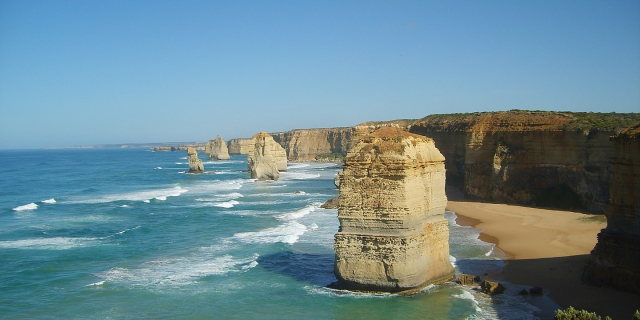







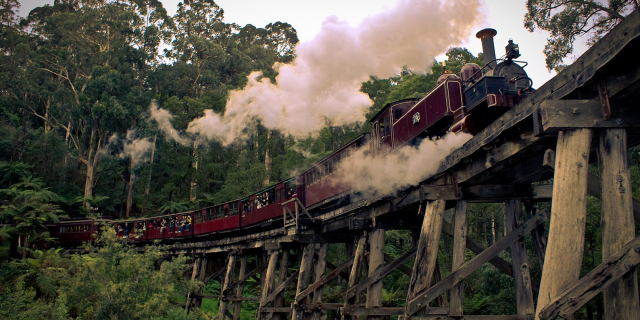

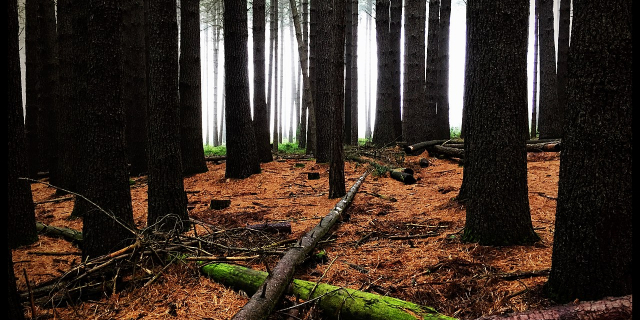




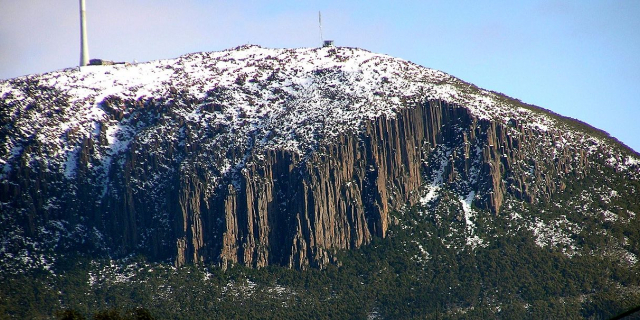
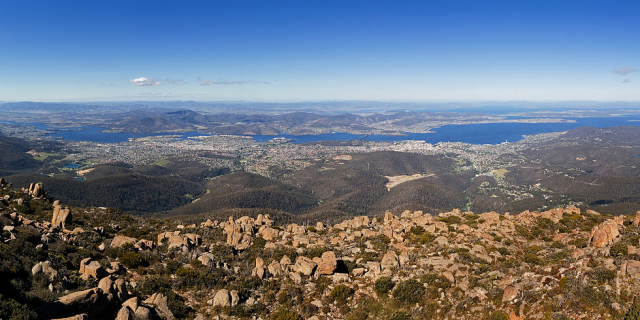

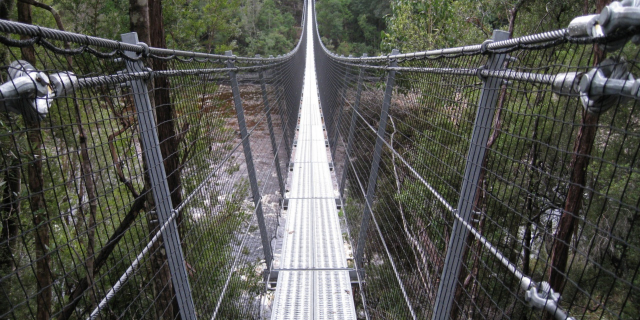











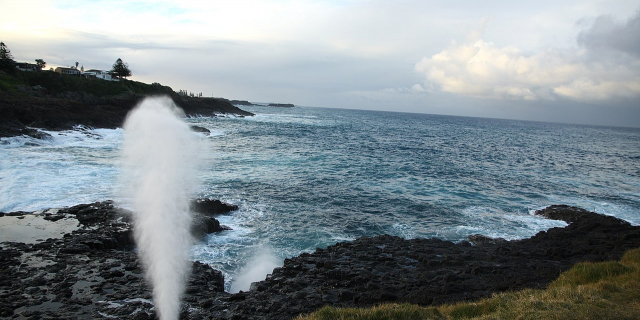
Add new comment